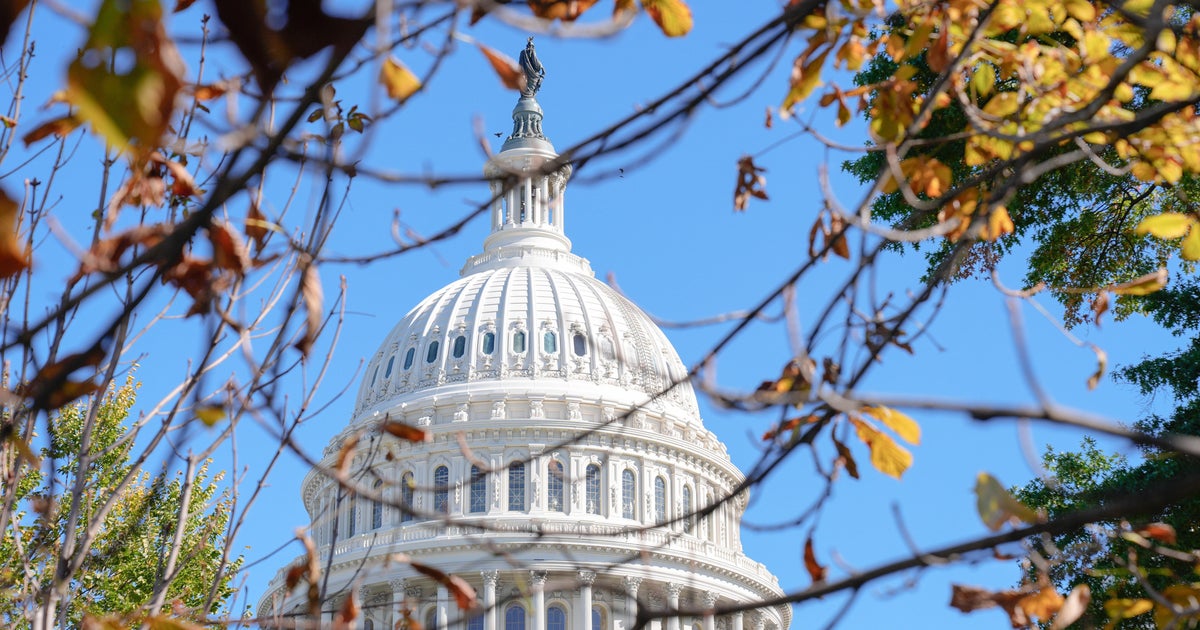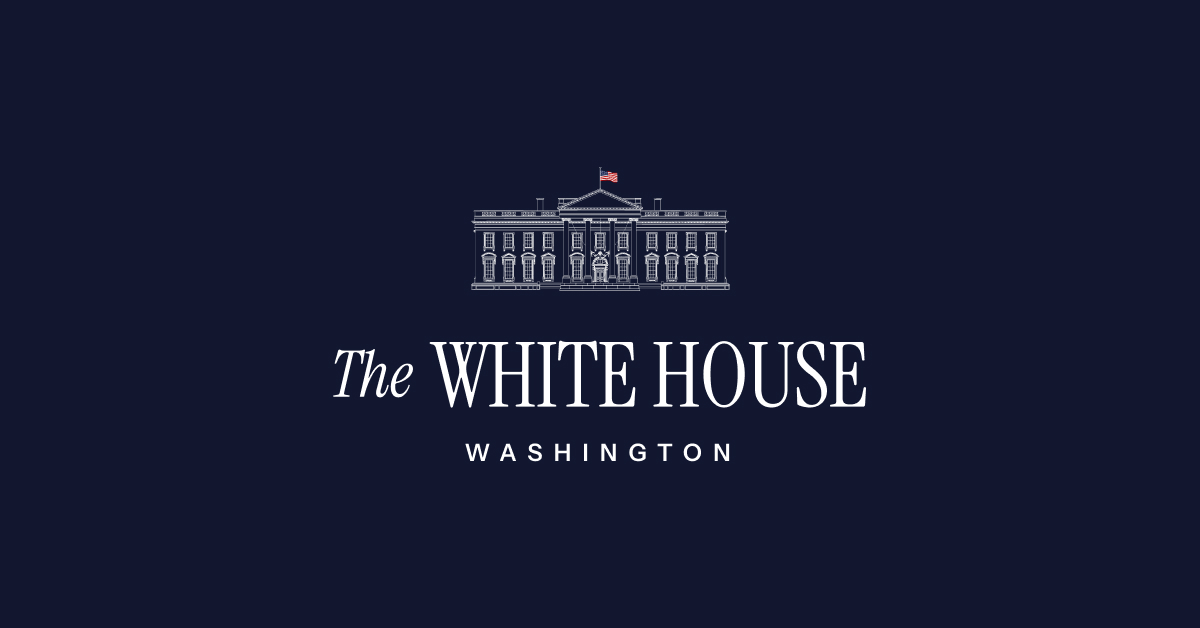USDA SNAP Emergency Funds: States Face Higher Costs and Delayed Benefits

Introduction
A recent memo from the USDA has sparked concern regarding the future of Supplemental Nutrition Assistance Program (SNAP) benefits. The memo states that the USDA will not utilize emergency funds to support SNAP, leaving states to face potential financial strain if they decide to cover expenses independently. This decision comes amidst ongoing discussions about government funding and the impact on critical social programs.
Key Details
States are not only barred from using federal emergency funds for SNAP but also will not be reimbursed if they opt to cover the expenses themselves. This policy puts additional pressure on state budgets, which could lead to reduced or delayed benefits for recipients. The lack of reimbursement could deter states from providing temporary support, exacerbating the financial challenges faced by SNAP recipients.
Impact
The implications of this policy are significant, particularly for low-income families who rely heavily on SNAP for basic necessities. The absence of federal support could lead to increased food insecurity and financial hardship for those already struggling to make ends meet.
About the Organizations Mentioned
USDA
The United States Department of Agriculture (USDA) is a major federal executive department tasked with leadership in food, agriculture, natural resources, rural development, nutrition, and food safety. Founded in 1862 by President Abraham Lincoln as "The People’s Department," its initial mission was to support farmers through research and seed distribution. Over time, USDA's role has expanded significantly to address modern agricultural production, conservation, rural prosperity, and nutrition assistance[1][2][5]. USDA operates through 29 agencies organized into eight key mission areas: Farm Production and Conservation; Food, Nutrition, and Consumer Services; Food Safety; Marketing and Regulatory Programs; Natural Resources and Environment; Research, Education, and Economics; Rural Development; and Trade and Foreign Agricultural Affairs[1]. It employs about 100,000 people across roughly 4,500 locations, managing a budget of approximately $467 billion for FY 2024, making it one of the largest federal departments[1]. Notable achievements include pioneering agricultural research, launching the Cooperative Extension Service in 1914, implementing New Deal programs during the 1930s, and establishing major nutrition programs such as the Food Stamp Program (now SNAP) in the 1960s. The USDA also oversees the largest federal land manager, the United States Forest Service, which administers national forests and grasslands comprising about 25% of federal lands[2][5]. Currently, USDA focuses on fostering innovation in sustainable agriculture and biotechnology, enhancing rural economic development including renewable energy and broadband access, and ensuring food safety and nutrition for Americans. It supports small- and medium-sized farms through Sustainable Agricultural Research and Education grants and plays a critical role in food security both domestically and internationally[1][4]. In business and technology contexts, USDA's integration of science-based policy, research, and technology transfer drives agricultural productivity and rural modernization. Its efforts to balance environmental stewardship with economic growth exemplify federal leadership in managing complex food and natural resource systems amid climat







